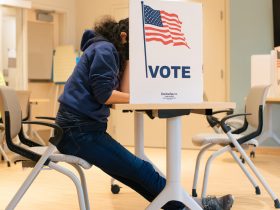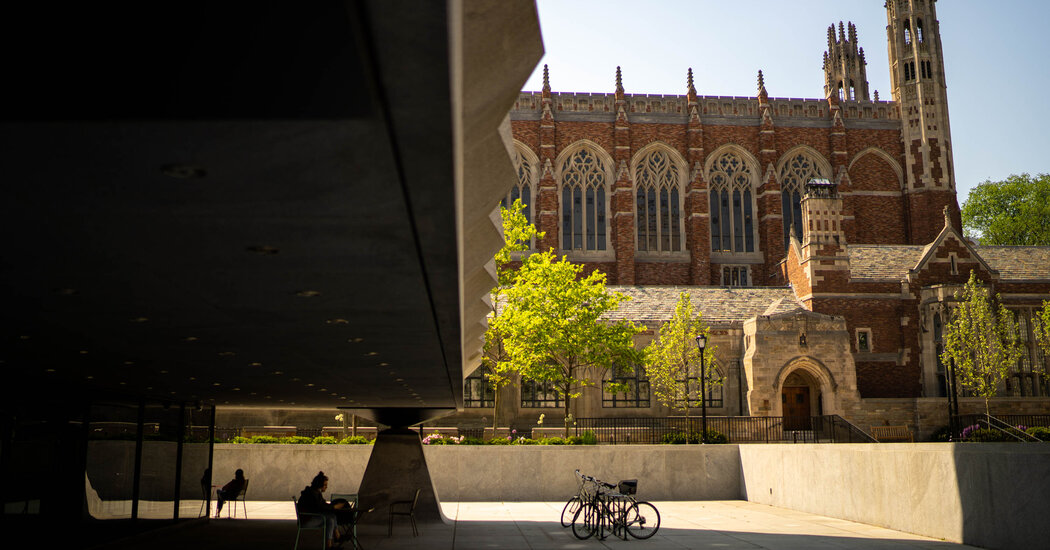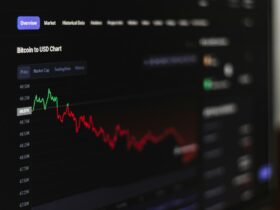U.S. News & World Report issued new rankings on Tuesday for the nation’s Top 14 law schools and Top 15 medical schools, just months after many of the schools dropped out of the rankings, saying they were unreliable and unfair.
Although U.S. News said it was addressing some of the criticism with new methodology, the outcomes remained strikingly similar.
Yale Law School, which ignited the exodus when it dropped out in November, kept its No. 1 status, though it is now tied with Stanford, which was previously No. 2. The University of Chicago retained its No. 3 spot, Columbia dropped to No. 8 from No. 4, tied with the University of Virginia.
In medicine, the changes were more mercurial. Johns Hopkins University was ranked first for research, rising from No. 3, supplanting Harvard, which is now third. The University of Pennsylvania was second, replacing New York University, which dropped to 13th place.
Harvard was the first medical school to exit the rankings, joined by schools including Columbia, Stanford, the University of Pennsylvania, Cornell, Duke and the University of Chicago.
More on America’s College Campuses
Heather Gerken, dean of Yale Law, was not mollified by the new rankings.
“Yale Law School has never paid attention to the U.S. News & World Report rankings, and after everything we have seen over the last year it has only cemented our decision to walk away,” she said in a statement.
The boycott eventually spread to 12 of the Top 14 law schools, all except Cornell and the University of Chicago.
Despite the march out of the rankings, universities could have a hard time making a dent in their influence. The U.S. News ratings have become something of an institution, with many students relying on them to make educational choices. Lesser known universities — outside of the marquee 14 or 15 — also rely on them as a form of advertising and recruitment.
In a recent public-relations campaign, the publication accused the schools of trying to avoid accountability on admissions and outcomes for students, and it connected the boycott to a looming Supreme Court decision that could end affirmative action.
“Some law deans are already exploring ways to sidestep any restrictive ruling by reducing their emphasis on test scores and grades — criteria used in our rankings,” Eric J. Gertler, the executive chairman and chief executive of U.S. News, wrote in an opinion essay in The Wall Street Journal.
But U.S. News also made conciliatory moves, incorporating several of the criticisms of the old system levied by both law and medical administrators. The law schools, led by Yale, said the rankings were unreliable and skewed educational priorities by devaluing the efforts of their schools to recruit poor and working class students. They also said the rankings penalized schools whose students chose to go into low-paid public service law after graduation.
The publication will provide more detail on the latest methodology when the full rankings are released next week, Kate O’Donnell, a spokeswoman, said. She said she would not comment on any of the shifts in position by particular schools but added, “There has been a significant change in the methodology that focuses on the outcomes.”
Robert Morse, chief data strategist for U.S. News said in a public statement that the changes to the rankings “reflect the insights and input of more than 100 law school deans as well as other experts in the legal field across the country.”
Given that many of the top schools have stopped cooperating with the rankings, U.S. News had to reconsider the sources of its data, and in some cases turn to publicly available data rather than data provided by the universities themselves. In announcing the new medical school rankings, U.S. News said it had used data from statistical surveys that was submitted in 2023 — or in 2022 if later data was not available — and included “publicly available metrics from the National Institutes of Health.”
The boycott generated a great deal of soul searching and debate among universities and students about the value of the rankings. Some critics of the boycott said that while it was easy for brand-name schools like Harvard and Yale to quit cooperating with the rankings, they were a valuable tool for students applying to lesser-known or less-celebrated schools.
Peter B. Rutledge, dean of the University of Georgia law school, said his school would continue to participate in the rankings because they were a source of consumer information and actually helped gain positive recognition for his school.
In its announcement, U.S. News said it had incorporated methodological changes including a significant increase in the weight of the bar passage rate and a significant increase in the weight assigned to employment 10 months after graduation.
In a change particularly sought by the law schools, it gave full credit for full-time, long-term fellowships — including those that are school-funded — and for graduates studies.
It also reduced the emphasis on institutional reputation and on median LSAT or GRE test scores and grade point averages.
For medical schools, the changes included the addition of National Institutes of Health grant awards as a measure of research quality, as well as reducing the emphasis on institutional reputation and MCAT test scores and grade point averages.
U.S. News released only a short “preview” list of the Top 14 law schools and Top 15 medical schools on Tuesday — because, it said, those had been receiving the most attention — and said it would release a full rankings report on April 18.
















Leave a Reply